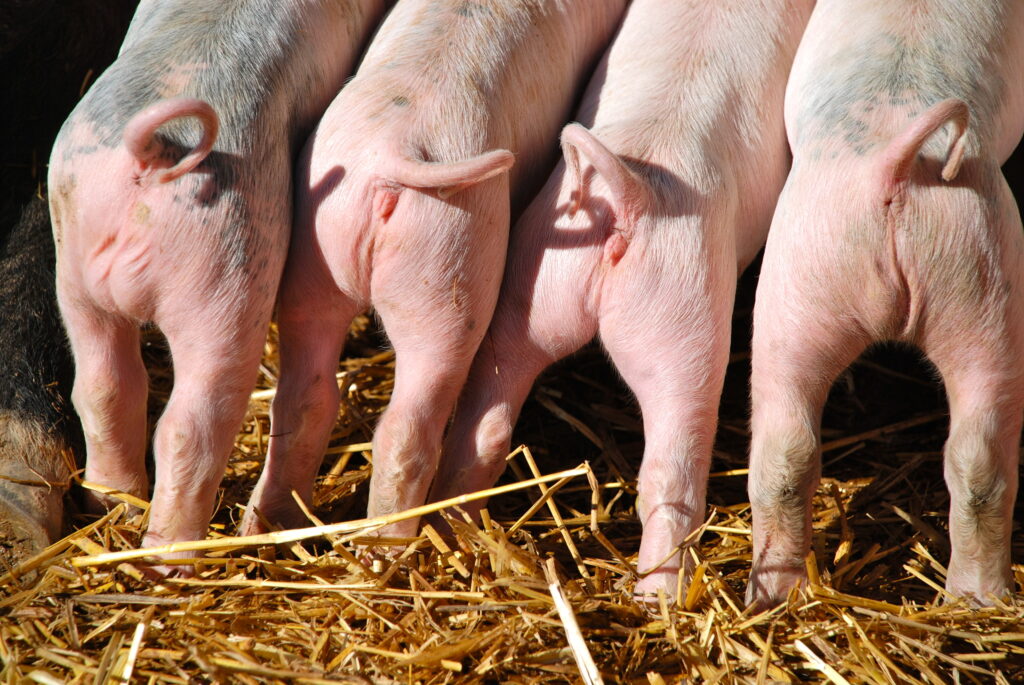The pig industry is certainly very number-driven. You are never far away from a good stat measuring progress on one parameter or another, and there are some heartening ones around at the moment.
The number I suspect will be most popular among many readers is this one: 156p/kg and rising, the EU-Spec Standard Pig Price towards the end of April. It looks even better when set against this time last year, an amazing 43p difference.
As has been well-documented, the return to a sustainable price has been driven by tighter UK and EU supplies, largely a result of what went before, and steady demand, particularly in our burgeoning export markets.
And even though producers are now responding by upping breeding numbers again, the immediate outlook remains stable. Already-tight EU supplies are tightening further, which will put pressure on imports, while our additional supplies will easily find homes in the export market, while the overall global picture, according to Rabobank, is ‘positive’.
But elsewhere, other numbers require pause for thought.
The UK’s overall herd productivity figure for 2016 of 24.83 pigs weaned per sow per year and the indoor figure, more relevant for comparison, of 26, fall below the EU average, which for 2015 was 26.8. While that is certainly no disgrace, the far more striking numbers come from across the North Sea – 31 for Denmark and 30 for the Netherlands, not to mention Germany’s 29. If these are the averages, imagine what those at the very top are achieving.
Quite rightly, AHDB Pork has identified closing this productivity gap as a key priority within its three-year strategy – now in the hands of new chair Mike Sheldon – and its work on gilt management will be just one element of that. While it is widely acknowledged that our welfare-led industry is not always directly comparable with our more intensive EU competitors, there is clearly a big task ahead for the entire sector, as post-Brexit trade is likely to become ever more price competitive on the global market.
And here’s another number: £180,000, the profitability gap between the best and worst performing farms, according to a Farm Business Survey report, albeit from a relatively small sample of 68 pig farms. A worrying statistic if you are on the wrong end of it.
And there’s this. In the first quarter of 2017, the volume of retail sales of primary pork fell by 2.5%, continuing a long-term trend. News of a new marketing campaign, seeking to position loin medallions as a midweek meal, could not be better timed.
So what does it all mean? The UK pig industry has much to consider – but it is looking forward and doing so from a position of strength.
And if you want one more stat: 65%, that is 2015 coverage now on eMB-Pigs. A good effort.




